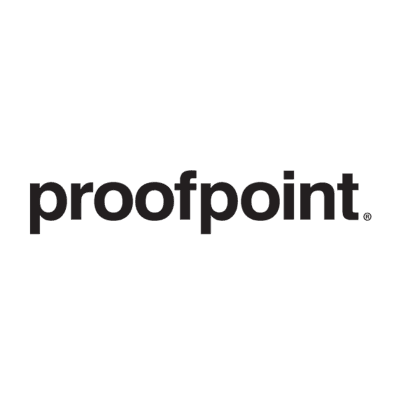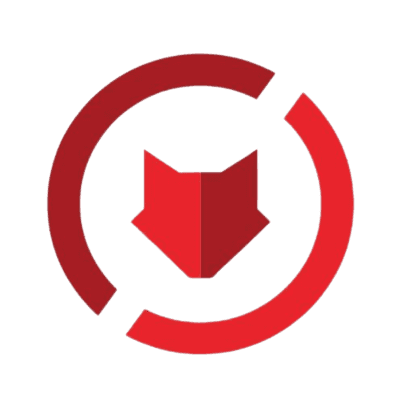Cybersecurity
Blocklist.de specializes in reporting server attacks and aiding providers in addressing the offending hosts.
1. Real-time Threat Alerts: Upon detection of a potential threat by Blocklist.de, Mindflow can trigger instant notifications to the organization's SecOps or IT team. This ensures that threats are swiftly addressed, be it through communication channels such as Slack, Microsoft Teams, or via ticketing systems like ServiceNow.
2. Automated Incident Logging: Once an attack is detected, it's crucial to document it systematically. Mindflow can automatically log these incidents in systems like Atlassian Jira, ensuring that each threat is categorized, prioritized, and allocated to the right team for further investigation and action.
3. Endpoint Security Reinforcement: In a scenario where Blocklist.de identifies a compromised endpoint, Mindflow can orchestrate with tools like SIEM or EDR to quarantine the affected device. This ensures the containment of any potential spread or harm, safeguarding the wider enterprise network.
4. Continuous Monitoring and Analytics: By integrating Blocklist.de with Mindflow, enterprises can automate the generation of comprehensive dashboards. These dashboards provide insights into attack trends, vulnerable endpoints, and more, aiding in proactive security strategy formulation.
What is Blocklist.de?
Blocklist.de is a free service established by a Fraud/Abuse-specialist. As an essential tool in cybersecurity, its core mission revolves around detecting and reporting various types of server attacks. These attacks often target SSH, Mail-Login, FTP, and Webserver services. The ultimate aim is to relay this information to the abuse departments of the compromised servers. By doing so, the service facilitates timely actions, such as informing the customer about the potential breach and neutralizing the threat.
Blocklist.de's Value Proposition
With the burgeoning complexities of cyber threats, there's a heightened need for proactive measures. Blocklist.de addresses this gap by offering real-time reporting of over 70,000 attacks every 12 hours. This vast database is especially critical for service providers, enabling them to spot threats swiftly and take the necessary precautions. Instead of merely reporting, the service employs X-Arf (Network Abuse Reporting 2.0) to allow the abuse departments of the respective providers to parse these reports automatically. This seamless integration is akin to what spamcop.net offers but extends beyond spam attacks.
Who Uses Blocklist.de?
The digital landscape is vast, and server attacks are indiscriminate, targeting big corporations and small-scale sites. Thus, Blocklist.de finds its primary users among many entities. Administrators of web services, IT professionals, and cybersecurity experts rely on this platform to stay informed about potential threats. Over 6394 users, including individual site owners and enterprise-level corporations, depend on Blocklist.de. Users can even register their servers on the platform to report attacks and contribute to the communal safety of the digital ecosystem.
How Blocklist.de Works?
The efficacy of Blocklist.de is not just in its reporting but also in the depth and breadth of its operation. When an attack is identified, the service utilizes resources like Whois (including abuse-mailbox, abuse@, security@, email, remarks), the Ripe-Abuse-Finder, and the contact database from abusix.com. The synergy of these tools ensures that the abuse address corresponding to the offending host is identified accurately. To reduce false-positive results, Blocklist.de integrates the Whitelist from sources such as www.dnswl.org and www.spamhauswhitelist.org and the Blacklist from torproject.org. This meticulously structured approach allows users to create their allowlists for servers/IPs, thereby preventing accidental reporting of their infrastructure.














